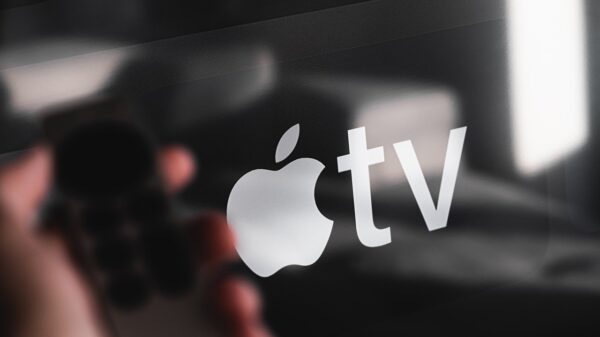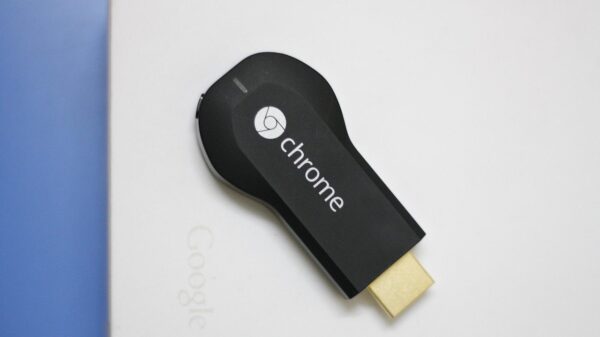What Can Next-Gen Smart-TVs Add to the Viewing Experience?
Like the old boxy CRTs before them, smart TVs now enjoy a place of honour in practically every home. Just a few short decades ago, this technology was in its infancy, now offered as a basic feature we take for granted. With this mass adoption has also come many technological leaps, each of which has gone from highly touted to much-sought, and now standardised.
This raises some important questions about where smart TVs have yet to go. Which avenues are we yet to explore, and which hyped features will actually impact the viewing experience? It can be difficult to separate the marketing from the truth, but some patterns still stand out above the rest.
Better App Support is Inevitable
The one key feature of smart TVs that we do see as growing more powerful is support for apps. This will be most obvious through improved HTML5 integration and web browsers, which have already offered significant steps forward in entertainment accessibility.
The one key feature of smart TVs that we do see as growing more powerful is support for apps. This will be most obvious through improved HTML5 integration and web browsers, which have already offered significant steps forward in entertainment accessibility.
Online casino games like Paddy Power Slingo are prime examples, once locked to desktop computers and smartphones. Through smart TV browsers, modern titles here like Fowl Play and DaVinci Diamonds are available through an increasingly broad selection of smart TVs, and this is only likely to expand. In other words, if you can access an app or service through a smartphone, odds are you can expect it from the future of smart TVs too.

Source: Pixabay
Other Features Have Stagnated
Improved software support is a sure thing, but what’s less likely are leaps forward in formerly highly advertised features like resolutions and frame rates. Resolution is the biggest illustration here, as we’ve moved beyond the former targets of HD, full-HD, and more recently ultra-HD with 4K. As explained by How-To Geek, going past this to 8K resolution is impractical, moving beyond what the human eye can appreciate.
The same is said for refresh rates and frame rates, which commonly set their sights on 60 Hz or 60 frames per second. While some software applications can see advantages beyond this point, these are fringe cases better addressed with computer monitors. Since TV series, movies, and online content are commonly locked to 24 Hz, 30 Hz, and 60 Hz, as Tech Smith explains, there’s no real point in moving beyond.
The stagnation of these elements is a double-edged sword. On the positive side, since there is no need to push these particular elements further, the focus can instead be placed on making them cheaper to produce, which means some of the savings can be passed on to consumers.
On the negative, a lack of major features to focus on means that manufacturers will instead emphasise incremental elements that aren’t truly necessary. AI implementation is a primary example of a technology that’s often overhyped and rarely employed in a worthwhile manner.

Source: Pixabay
The takeaway for the consumer is that your TV is unlikely to go obsolete within just a few years, as early smart TV systems once did. Today, it’s just as viable to hold onto a TV until it starts to fail or becomes unfixable, since you’ll miss almost nothing by refusing to upgrade. While the operating system might fall behind, this is perfectly addressable by third-party dongles like the Chromecast, so it’s not an issue you’ll have to take seriously, at least until the next decade.
